How did we end up here? When we had kids most of us didn’t envisage designing our own curriculum from scratch but here we are. The desire to give our kids the life long gift of a solid Islamic foundation and protect them from harm led us to take responsibility for their education. This led us to try to find suitable curriculum materials but nothing exactly catered to what we needed and hoped for our kids. So most of us have ended up teaching a topic and creating materials ourselves. We became accidental curriculum designers but how do we make it intentional? How do we create challenging, relevant, inspirational and high-quality curricula for our kids? Read on to get the answers.
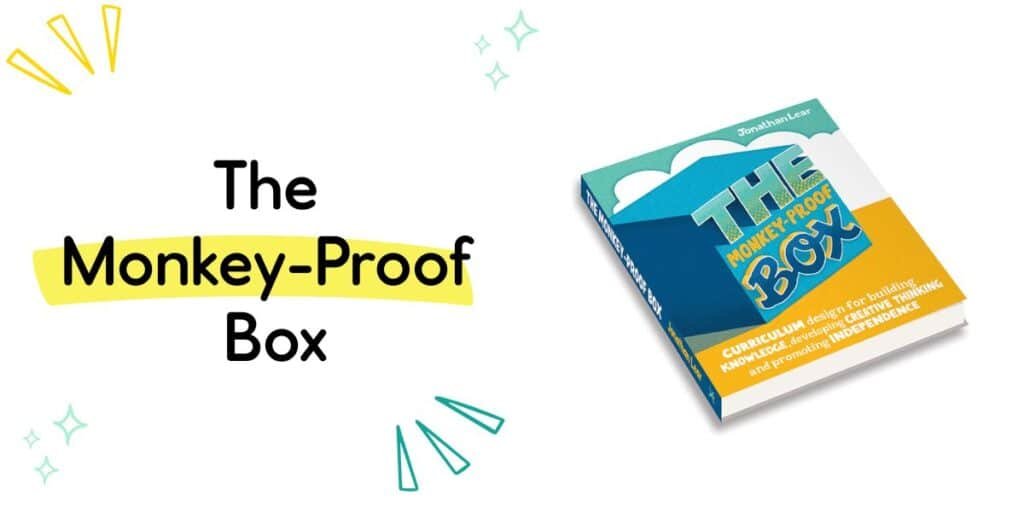
The monkey-proof box
I’ve been making resources for a while and had been trying to reverse-engineer the units that my kids and I had loved and found helpful. After discussing with my friend who teaches in an online Islamic school about what makes successful lessons and the lack of an Islamic curriculum, I decided to try to learn more. I read ‘The monkey-proof box’ by Jonathan Lear about curriculum design from cover to cover and found so much to apply to creating curriculum for Muslim students, specifically homeschooled students.
I found it particularly fascinating how so much of what was considered best-practice but difficult to achieve in a school setting was so natural to a homeschool environment. An example would be spending as long on a lesson as is necessary, rather than a specified amount like 30 minutes. Often homeschool parents try to recreate the school environment at home while teachers are trying to recreate home at school.
Here are some key principles of curriculum design outlined in the book. These are easy to apply to your own curriculum and I hope will encourage you to create your own units.
Less is more
It’s far better to delve deeply into one or two topics than try to cover many in a year. Depth over breadth. The truth is, children can’t learn about all of history during their childhood, it’s not realistic that they learn from prehistoric to the present day. Instead, we are trying to teach important skills and an understanding of history using a few topics. This means that you have to be selective about what topics you choose which is no bad thing. You can question whether your child REALLY needs to learn about the Romans, Tudor Britain or any of the other topics that we consider essential. Once you have decided that the topic really has merit then you can deep dive. It’s possible now to learn about it for half the year and explore it fully making connections with other subjects as you go. You have time to delve into how fish live in the deep ocean with no light whilst studying oceans in geography and the development of different ships through history and its impact on human settlement.
What is particularly exciting for us as Muslim parents, is the opportunity to incorporate Islamic content when you are not trying to rush through content before the end of the year. You can teach a lesson on the fiqh of different business transactions while studying trade in the Middle Ages or calamities mentioned in the Qur’an while learning about the eruption of Mount Vesuvius.
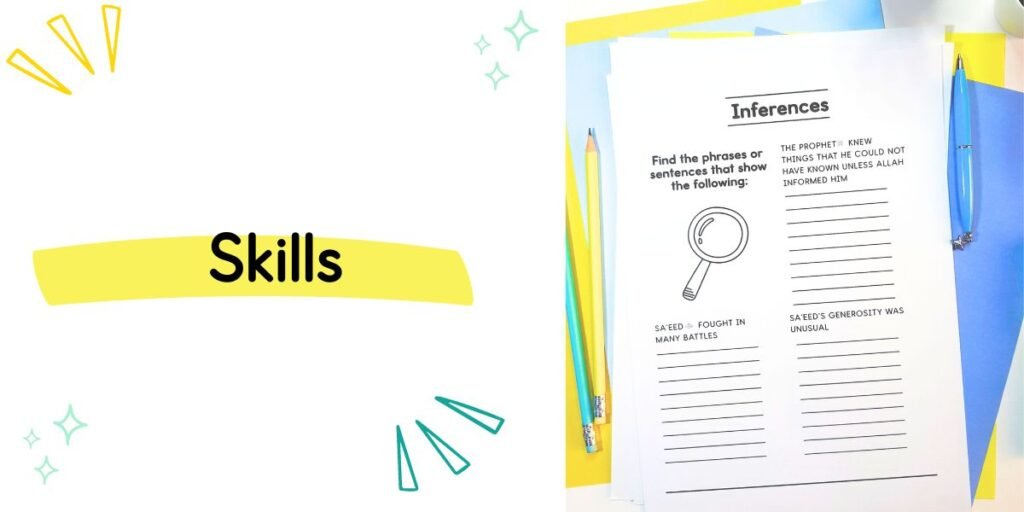
Skills at the heart of your curriculum
If you are not covering so much content, how do you know that your children are progressing? The answer is skills development.
The debate between knowledge vs. skills is a bit pointless as you cannot really separate the two. You can’t develop the skills to analyse historical sources without some knowledge of a time period to provide context. Plus you can’t learn about the Ancient Romans without naturally comparing and contrasting with modern life.
Teachers around the country have a degree of freedom within their national guidelines to teach content but they have to ensure that certain skills are developed. This varies from subject to subject but for example, children have to learn to identify narrative story structure regardless of the book they are taught. Children across the country study different books but they all learn about main characters, setting, problems and resolutions.
When designing your own curriculum it’s vital that you keep these objectives in mind. You can usually find the skills published online that are appropriate for your country’s education system.

Content
But what will you actually teach? The subjects and topics that are exciting and relevant to both you and your children. When you are passionate about something, it’s infectious in the best way. Plus the beauty of home education is that you can choose topics that your children are genuinely excited by. Toys throughout history, the most remote places on earth, the most poisonous creatures or far-flung galaxies, it’s all great material to learn about and use to develop your skills.
It also allows you to make your child’s education very relevant to them, their culture, their locality and most importantly their religion. You can explore their roots in geography and learn about the spread of Islam in history. It’s all possible bithnillah.
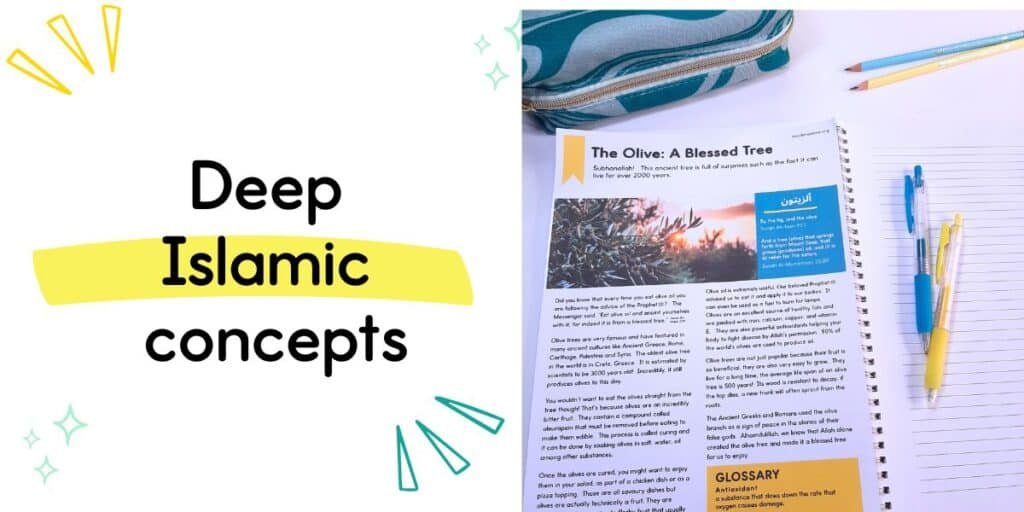
Deep Islamic concepts
This is the best aspect of designing your own curriculum. Fundamental Islamic concepts and ideas that underpin our entire ways of thinking and living are no longer limited to Islamic Studies. You can make them central to your child’s education.
Tawheed can be infused throughout all subjects. Allah’s role in creating everything in the world around us and facilitating our everyday lives can be explored fully. When learning about volcanoes we can discuss how Muslims are meant to respond to crises and why we are tested. When studying the Romans we can discuss how all empires fall and the Prophet’s letter to the emperor of Rome. By making them central to their education, it communicates to our children their importance.
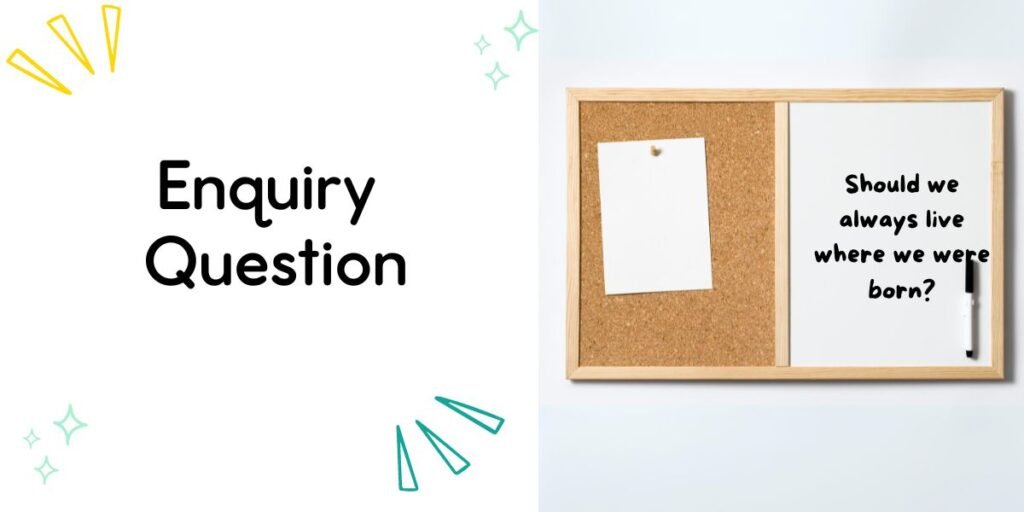
Enquiry Question
An enquiry question is a question that underpins an entire unit and helps children engage with the topic. Instead of calling a topic transport, you can ask the question, ‘should we always live where we were born?’ or when learning about earthquakes, tornadoes and tsunamis, instead of calling it ‘disasters’ pose the question, ‘do we have a duty to help when there is a disaster?’
These big questions invite children to think deeply and naturally allow you to introduce big ideas such as hijrah and the responsibility of the ummah to help one another.
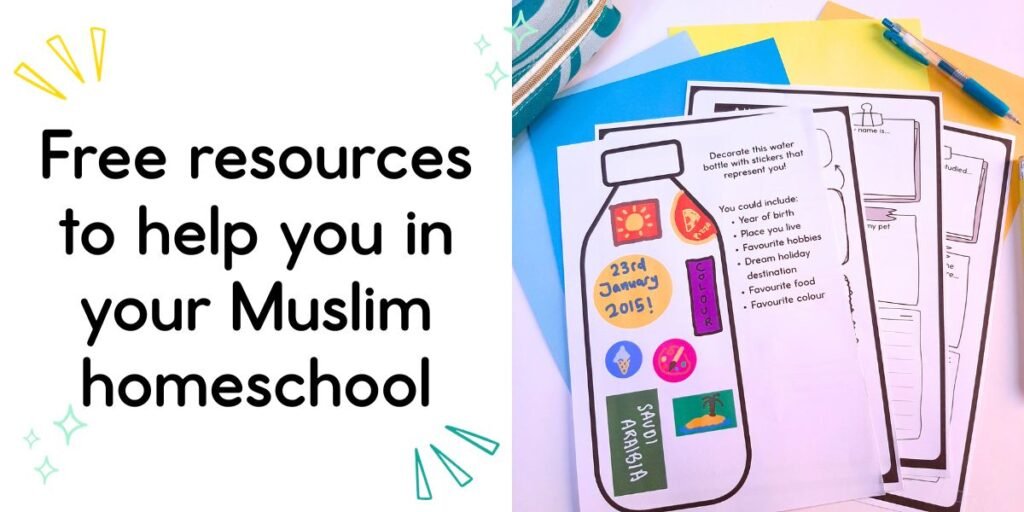
Free resources to help you teach kids
I hope you have found these suggestions for curriculum design helpful. If you would like to gain access to the free resource library full of varied resources to help you teach your child then sign up HERE.
Here are some other blog posts you may be interested in:
Fun ways for kids to show what they have learned about Islam
How to create Islamic comprehension passages: a step-by-step guide

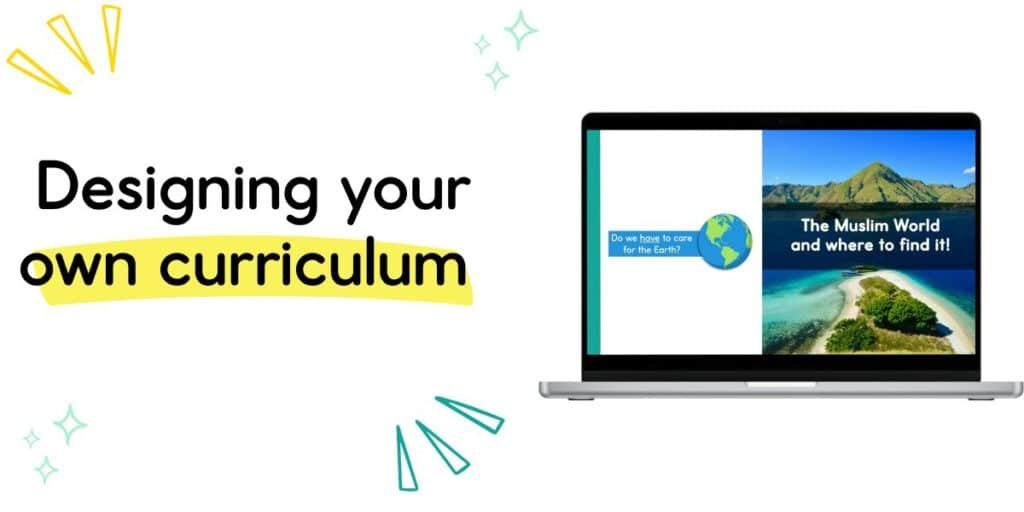



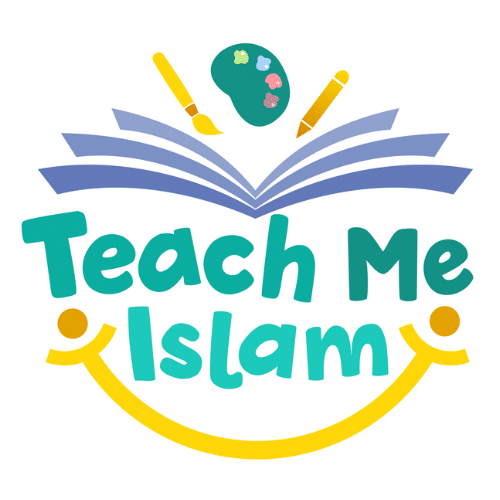
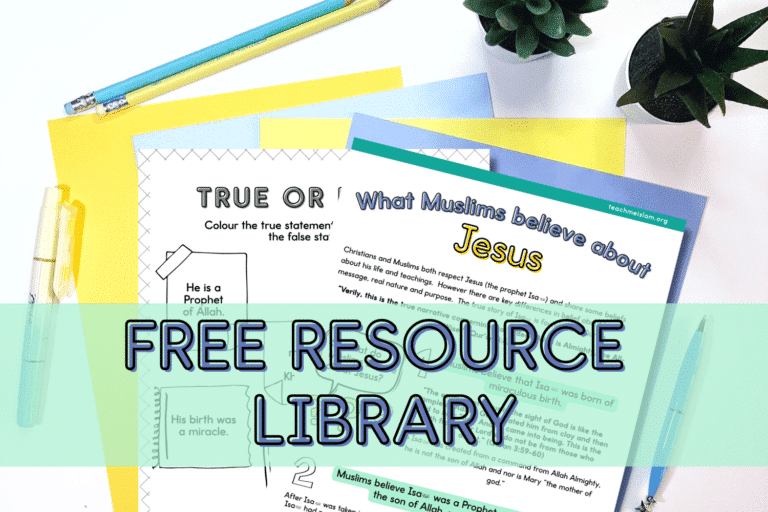
One comment
Valuable Insights for Everyone
An incredibly insightful post! The information shared here is not only informative but also highly practical and useful for all.
A must-read for anyone looking to expand their knowledge and make informed decisions. Truly impressive!
Thanks & Best’s
KMY Academy